Paella, a rice dish, was born in Valencia, on the Eastern coast of Spain. The original regional dish, known as Paella Valenciana is made with rice, green vegetables, beans, chicken and/or rabbit, snails and saffron. Seafood paella is a variation that replaces land animals and vegetables with seafood. Paella is made in a paellera or paella skillet with an attached gas heating element or, alternatively, over a barbecue grill. I’ve tried making paella on a grill, but the heating was uneven. This resulted in patches of crunchy or raw rice.
Here I am trying not to look frazzled over my first attempt at making Paella Valenciana:

You can cook paella in a paellera (just like the one you see in the above photograph); in a 14-inch, nonstick skillet on a stovetop; or in a nonstick, 16-inch electric skillet. After attempting all three cooking methods, I opted for the latter.
Cooking paella in an electric skillet is hassle-free because every time you add ingredients, you set a timer and walk away. Since the paella cooks itself, you can sit, have a glass of wine and converse with your guests. Look at how successful my paella turned out (BTW, this was my third attempt):
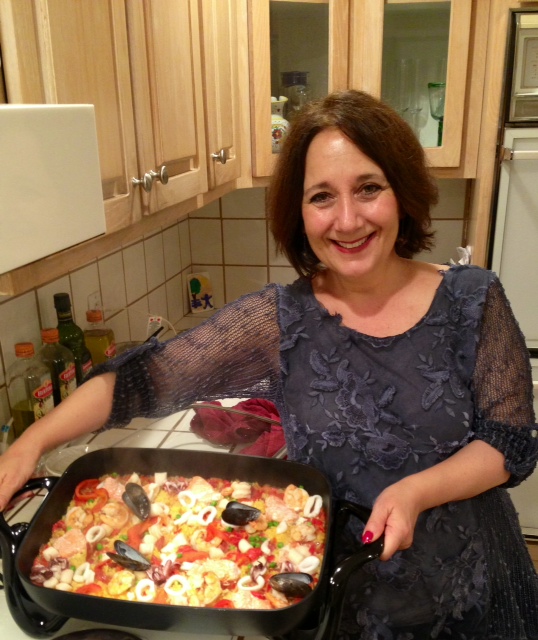
Finally, I can relax while making dinner for friends! Here’s the Seafood Paella recipe that I brought back from Spain!
Prep time: 50 to 60 minutes (preparing all ingredients)
Cook time: 50 to 60 minutes
Serves: 4 to 6
Ingredients* [TO MINIMIZE WORK ON THE DAY OF MAKING PAELLA, READ NOTES ON PREPPING INGREDIENTS AT BOTTOM OF THIS PAGE]:
4 to 4-1/2 cups homemade chicken broth
.37 grams ground saffron (to turn the rice bright yellow, use 3 envelopes saffron, each weighing 0.125 grams)
1 cup dry white wine
1 large red onion, finely chopped
12 live mussels, in-shell
1/2 cup extra virgin olive oil
4 garlic cloves, crushed
1 red bell pepper, finely chopped
1 vine-ripened tomato, chopped into 1/4-inch pieces
1/2 cup chopped Spanish chorizo (this resembles Italian pepperoni sausage)
1/4 teaspoon ground cayenne pepper
2-1/2 cups Dacsa® rice (this rice brand is from Valencia, Spain and is a key ingredient)
1-1/2 teaspoons salt
Dash ground black pepper
4 ounces Spanish pimientos, rinsed and cut into 1-inch strips
1/3 cup frozen peas
15 to 18 fresh, medium shrimp, peeled, deveined and rinsed (wild shrimp is preferable, since it has more flavor than the farm-raised variety)
1/2 pound fresh sea scallops, rinsed
4 calamari bodies, cut into 1/4-inch thick circles and then rinsed
8 to 10 calamari tentacles, rinsed
3/4 pound wild salmon, skin discarded and fillet cut into 4-inch pieces (this is an optional ingredient)
Prepare the Broth & Mussels:
1. In a 2-quart sauce pot, heat the chicken broth to just boiling.
2. Stir the saffron into the hot broth; set aside, covered.
3. In a 1-quart sauce pot, bring the wine and half of the chopped red onion to a boil. Reserve the remaining onion for the paella later.
4. Rinse the mussels under cold, running water and then transfer them to the boiling wine mixture.
5. Cook the mussels in the wine mixture, on medium heat, for 5 minutes.
6. After 5 minutes, remove the mussels from the wine mixture and set them aside in a glass or metal bowl, covered with aluminum foil.
7. Strain the wine mixture, discard the onion and reserve the liquid. Set aside.
Start the Paella:
1. In a nonstick skillet (stovetop or electric), heat the olive oil.
2. When the olive oil is hot and shimmering, stir in the remaining chopped red onion, crushed garlic and chopped bell pepper.
3. Stir-fry the mixture over medium-high heat until the onion is translucent, about 2 to 4 minutes.
4. After 2 to 4 minutes, stir in the chopped tomato and Spanish chorizo.
5. Stir-fry the mixture over medium-high heat for about 2 minutes (do not let the chorizo burn).
6. After 2 minutes, add the reserved wine liquid, the cayenne pepper and the rice.
7. Bring the mixture to a boil and stir once.
8. After stirring, carefully pour 4 cups of chicken broth into skillet.
9. Season the rice mixture with salt and black pepper.
10. Cover the rice mixture and cook on medium-low heat (325°F for electric skillet) for 15 minutes – DO NOT STIR THE RICE.
Add Pimientos, Peas & Seafood to the Paella:
1. After 15 minutes, check the rice by inserting a spoon in center of skillet.
2. If the rice is dry and there is no liquid, add the remaining 1/2 cup broth.
3. If the rice is simmering with liquid, do not add the broth.
4. Scatter the pimientos and the rice over top of paella.
5. Next, scatter the shrimp over paella and press it gently into the rice.
6. Repeat this method with the scallops, calamari bodies and tentacles and the salmon pieces.
7. Cover and cook the paella on medium-low heat (325°F for electric skillet) for 10 minutes.
8. After 10 minutes, taste the rice to check doneness – it should be crunchy-tender.
9. If rice is done, cover the paella and remove the skillet from heat. Let it rest for 5 minutes.
10. After 5 minutes, serve the paella in individual dinner plates with a green salad. Alternatively, serve the paella and salad as a buffet and ask guests to help themselves.
*NOTE: One day ahead, prepare the following ingredients:
1. Prepare the chicken broth: in a 3-quart sauce pot, cover 2 chicken thighs, 2 chicken legs and 1 white or brown onion with cold water and bring it to a boil. Cook chicken broth for 40 minutes & add salt, to taste. Transfer chicken to a plate and use for another purpose. Strain the broth and store it in a glass or porcelain bowl, covered & refrigerated.
2. Buy the seafood a day ahead: rinse all raw seafood. Peel and devein the shrimp; cut the calamari bodies into rings. Cut the salmon into 4-inch pieces.
3. Store each seafood variety in separate glass jars or disposable plastic containers, covered & refrigerated, until ready to use.
*NOTE: On the day of making the paella, prepare the following ingredients:
1. Chop the onion; store in an airtight container, refrigerated.
2. Crush the garlic; store in an airtight container, refrigerated.
3. Chop the red bell pepper; store in an airtight container, refrigerated.
4. Chop the tomato; store in an airtight container, refrigerated.
5. Chop the chorizo; store in an airtight container, refrigerated.
6. Rinse and cut the Spanish pimientos; store in an airtight container, refrigerated.
Wine Pairing: Chilled white wine from the Rioja region of Spain; Chardonnay; or Pinot Grigio.
Text and All Photographs ©2014 Nancy DeLucia Real




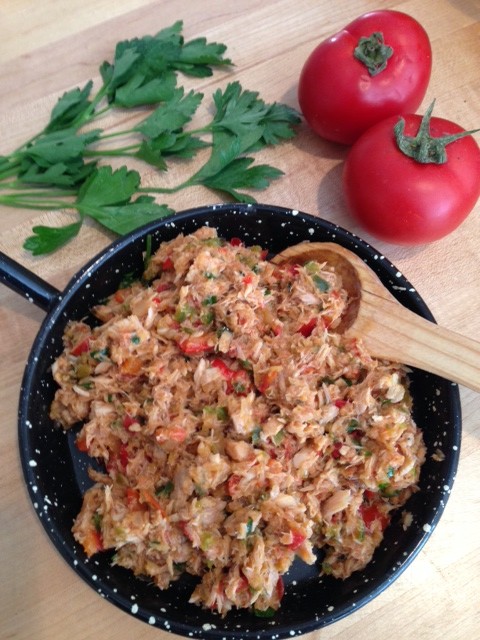
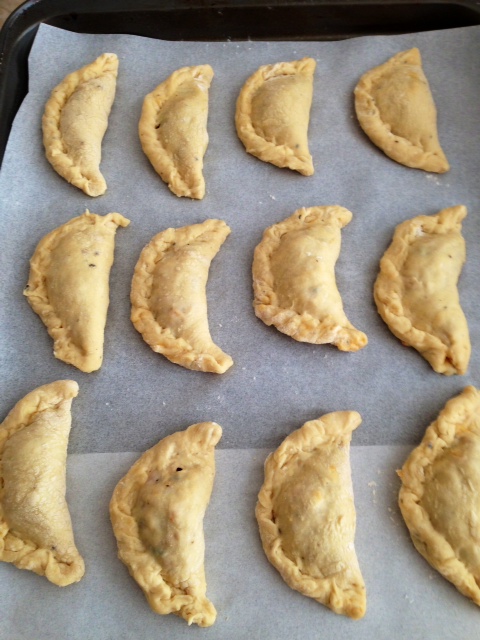




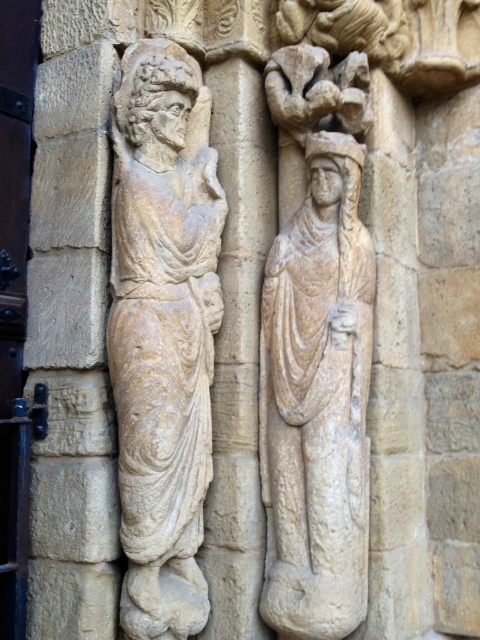
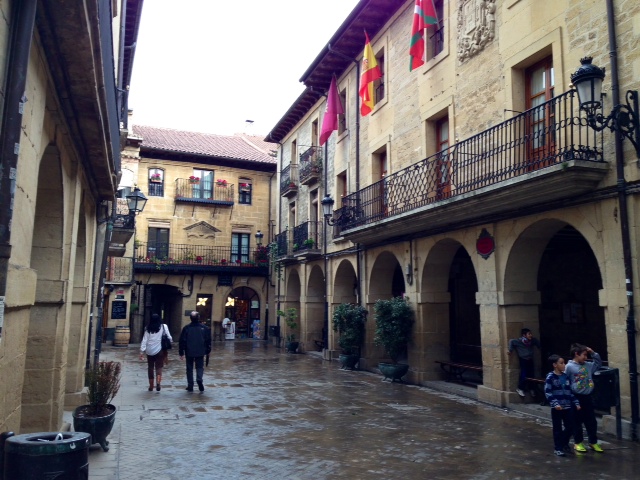
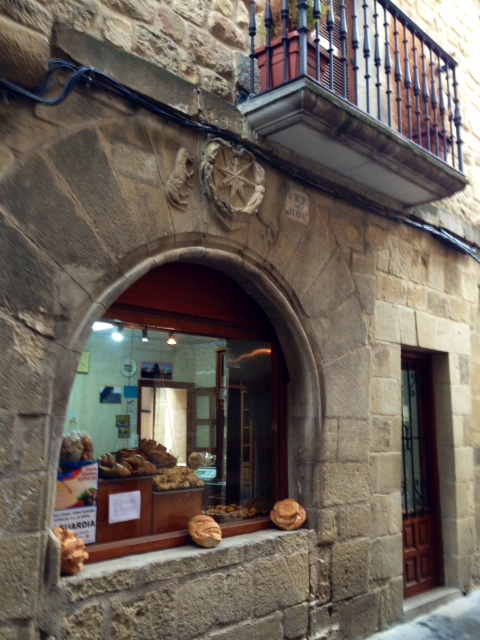


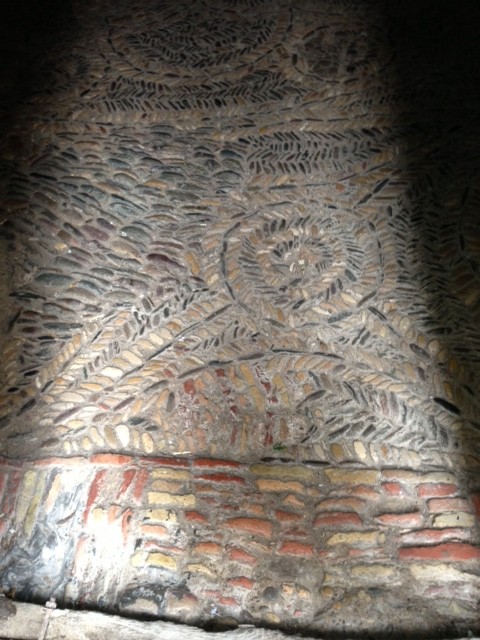
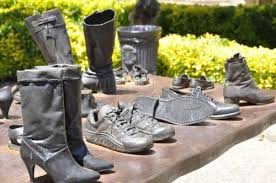

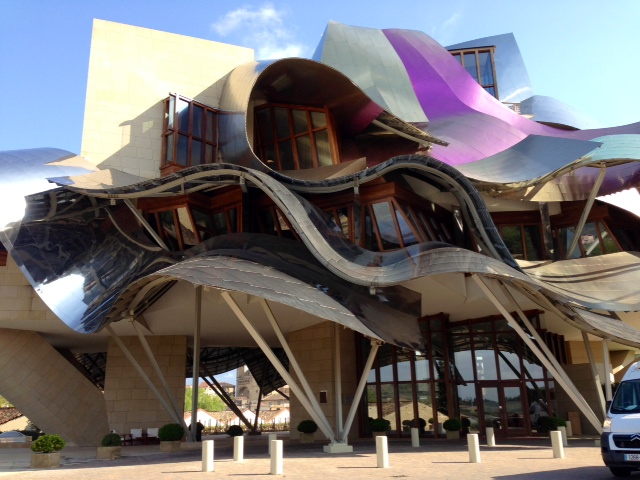
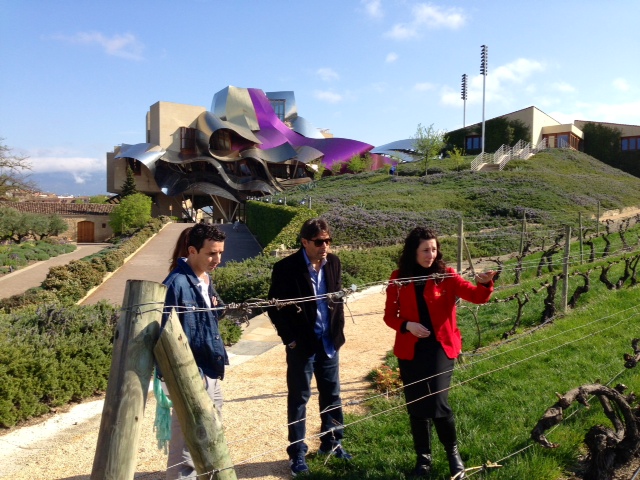

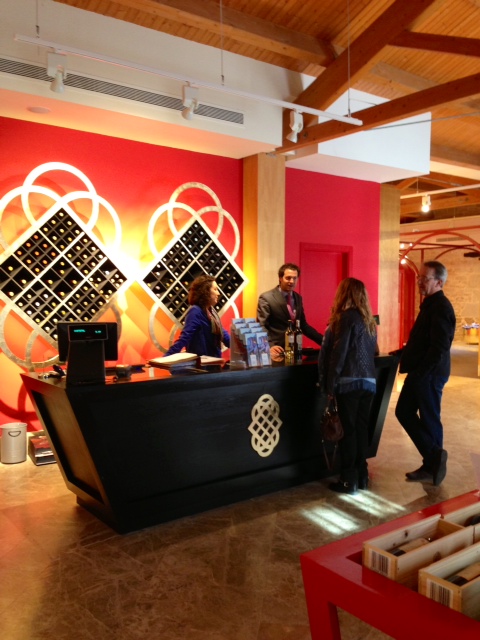
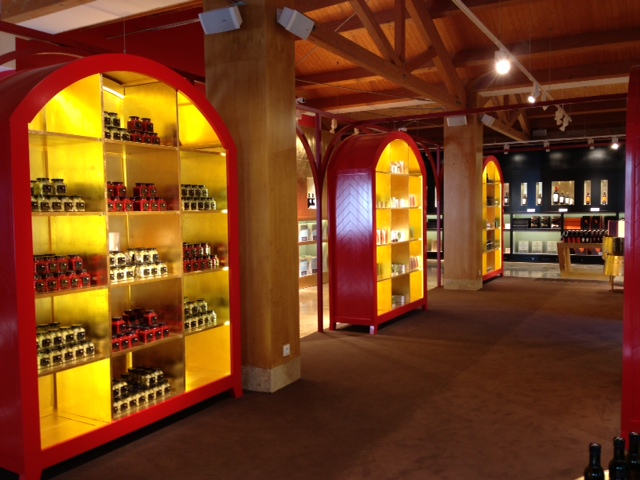
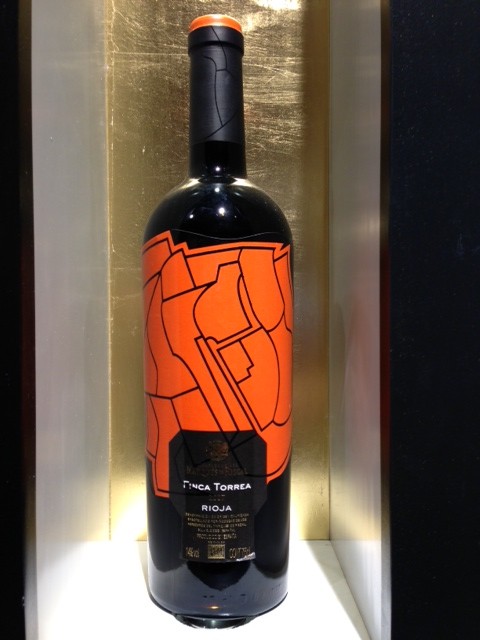
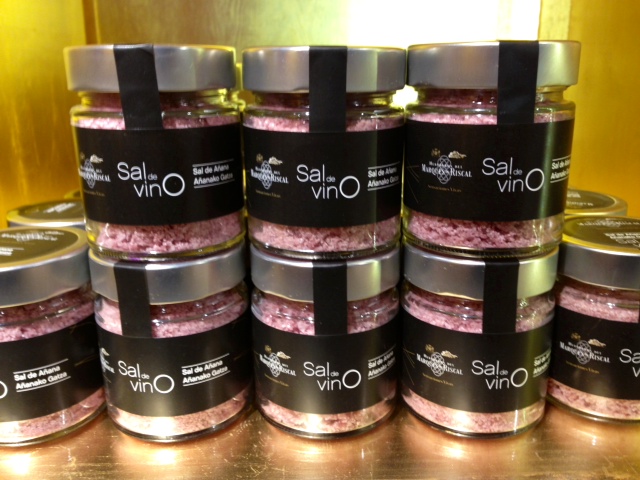
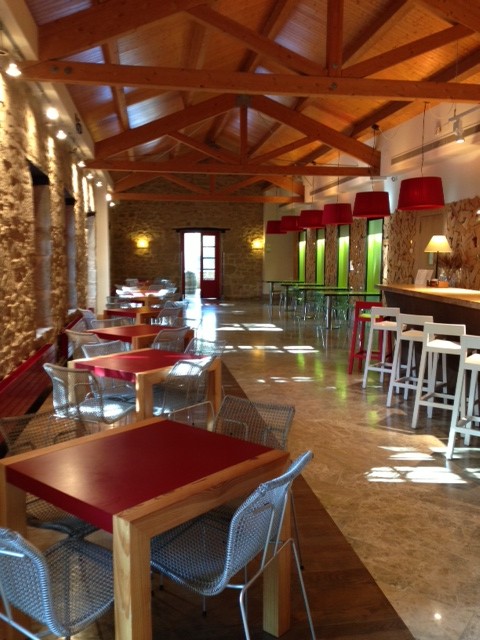
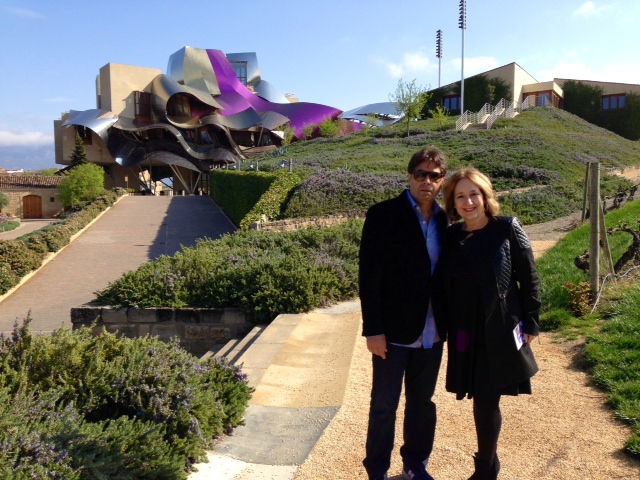

 Nancy DeLucia Real is an art historian and chef. She has led culinary courses at the Italian Cultural Institute, The Getty Center and The Getty Villa and is a former member of the Culinary Historians of Southern California. Nancy's gastronomy training took place in the heart of Italy under the tutelage of her grandmother. She has taught international cuisine at Williams Sonoma and Sur la Table Stores. Nancy's art history & culinary courses are ongoing at various institutions. She also teaches private cooking classes.
Nancy DeLucia Real is an art historian and chef. She has led culinary courses at the Italian Cultural Institute, The Getty Center and The Getty Villa and is a former member of the Culinary Historians of Southern California. Nancy's gastronomy training took place in the heart of Italy under the tutelage of her grandmother. She has taught international cuisine at Williams Sonoma and Sur la Table Stores. Nancy's art history & culinary courses are ongoing at various institutions. She also teaches private cooking classes. 

